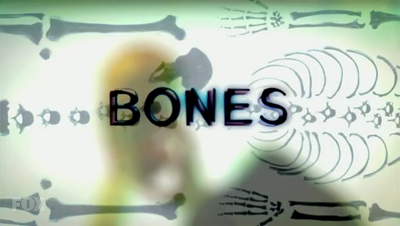BONES: Rare Variations You May Not Have Heard About
/Before I looked down the rabbit of human anatomy, I did not realize that there is so much variation from person to person. An example of this is accessory ossicles, otherwise known as extra bones. Here are a couple examples of extra bones that may be present in the lower body.
3 Bones You May Not Have Heard About
ONE: The Os Trigonum
By Hellerhoff - CC BY-SA 3.0
Only a small number of people have this extra bone, the os trigonum is an extra bone that develops behind the talus. Some people may go through their whole life and not know they have this extra bone, but in others it may become irritated by prolonged dorsiflexion.
Nault, M., Kocher, M. S., & Micheli, L. J. (2014). Os Trigonum Syndrome. Journal of the American Academy of Orthopaedic Surgeons, 22(9), 545-553. doi:10.5435/jaaos-22-09-545
TWO: The Fabella
By Jmarchn - CC BY-SA 3.0
In approximately 10% of the population (mostly women), a small bean-shaped sesamoid bone called the fabella is embedded in the lateral head of the gastrocnemius, this bone may articulate with the lateral femoral condyle. Just like the Os Trigonum, most people will not notice this extra bone, but it can be palpated by a skilled profession, so chances are you may have felt this bone but you did not know what it was.
Kawashima, T., Takeishi, H., Yoshitomi, S., Ito, M., & Sasaki, H. (2007). Anatomical study of the fabella, fabellar complex and its clinical implications. Surgical and Radiologic Anatomy Surg Radiol Anat, 29(8), 611-616. doi:10.1007/s00276-007-0259-4
THREE: The Cyamella
This bone is more rare than the previous two, the cyamella is a small sesamoid bone embedded in the tendon of the popliteus muscle. One cool fact about this bone is that it is common in primates but rare in humans.
Khanna, V., & Maldjian, C. (2014). The cyamella, a lost sesamoid: Normal variant or posterolateral corner anomaly? Radiology Case Reports, 9(1), 907. doi:10.2484/rcr.v9i1.907
The RMT Education Project - 'Simplifying The Complex'
BONES: Rare Variations You May Not Have Heard About https://t.co/d2i3GQstb2 #bones #anatomy #bodies
— Richard Lebert (@adaptivetherapy) April 17, 2016
The RMT Education Project is an initiative that is working to promote the benefits of massage therapy to an international audience. If you would like to learn more about massage therapy, check out 'The Massage Therapy Literature Countdown'.
The Massage Therapy Literature Countdown
• 10 Articles All Massage Therapists Should Read
• 9 Open Access Articles for Massage Therapists
• 8 Researchers Who Are Changing Massage Therapy
• 7 Books For Massage Therapists
• 6 Blogs For Massage Therapists
• 5 Systematic Reviews of Massage Therapy
• 4 Articles About The Importance of Touch
• 3 Bones You May Not Have Heard About
• 2 Peer-reviewed Publications for Massage Therapists
• 1 Book That Will Change The Way You Think





